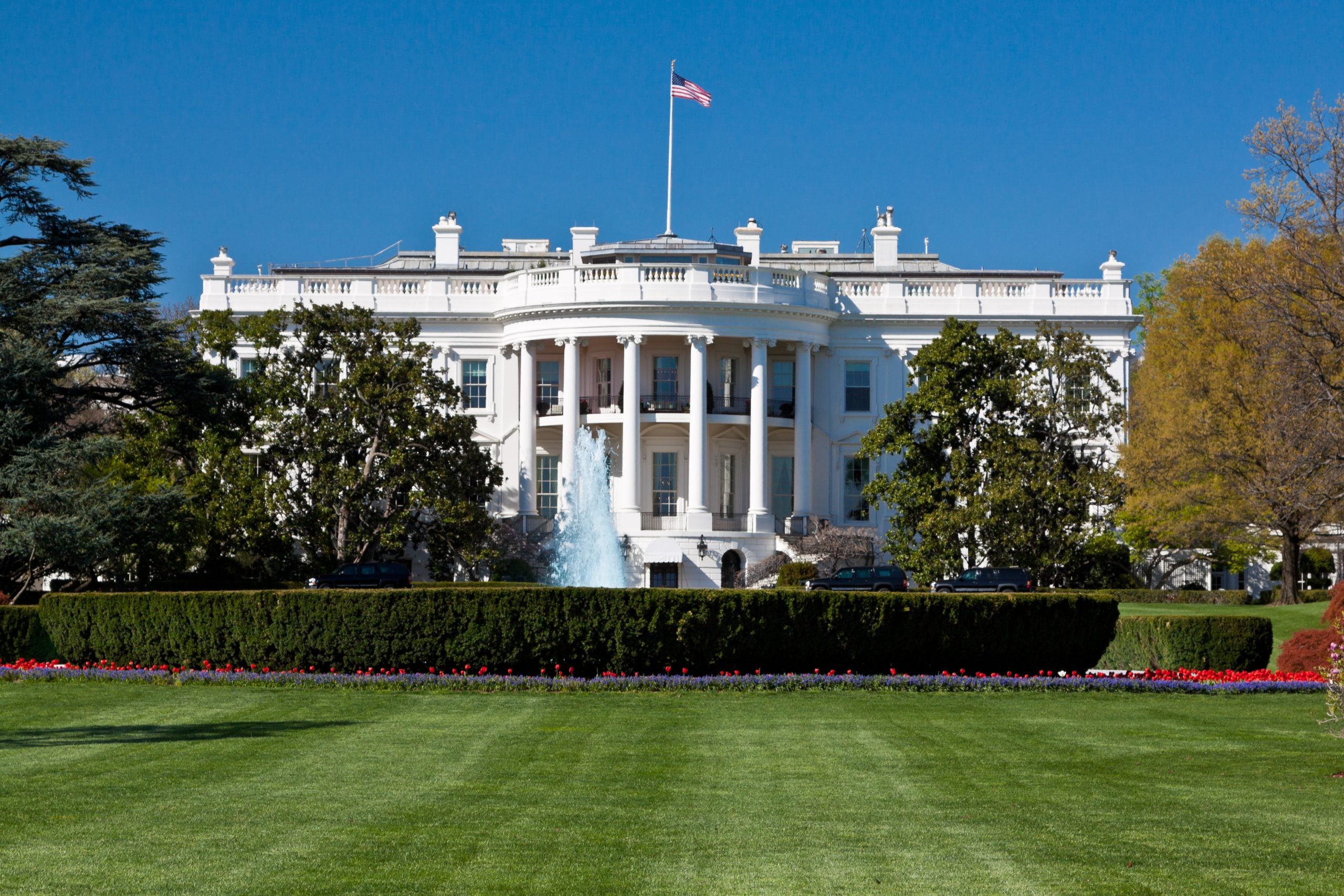Trump's Economic Legacy: Assessing The Winners And Losers

Table of Contents
Tax Cuts and Their Impact
The 2017 Tax Cuts and Jobs Act, a cornerstone of Trump's economic agenda, significantly altered the US tax code. Its impact, however, was far from uniform, creating clear winners and losers.
Winners:
- Corporations: The corporate tax rate was slashed from 35% to 21%, resulting in a significant boost to corporate profits and shareholder returns. Many companies used this windfall for stock buybacks, increasing shareholder value.
- High-Income Earners: Individual tax cuts, particularly reductions in top marginal rates, disproportionately benefited high-income individuals and households.
- Specific Sectors: Certain industries, like real estate, experienced indirect benefits due to changes in depreciation rules and other tax provisions within the Act.
The tax cuts led to increased profits for many corporations, allowing for higher dividends and increased investment in some sectors. However, this increase wasn’t evenly distributed.
Losers:
- Low and Middle-Income Earners: While some lower-income individuals received minor tax breaks, the overall benefit was less significant compared to the tax cuts for higher earners, potentially exacerbating income inequality.
- Individuals Relying on Deductions: Changes to deductions, such as the limitation on state and local tax (SALT) deductions, negatively impacted many taxpayers, particularly those in high-tax states.
- The National Debt: The tax cuts significantly increased the national debt, raising concerns about long-term economic sustainability. The reduction in government revenue outweighed the projected economic stimulus.
Deregulation and its Consequences
The Trump administration pursued an aggressive deregulation agenda, aiming to reduce the burden on businesses and stimulate economic growth. However, this approach also carried considerable risks.
Winners:
- Energy Sector (Fossil Fuels): The rollback of environmental regulations, particularly those related to greenhouse gas emissions, benefited the fossil fuel industry, leading to increased production and profits.
- Financial Institutions: Relaxed financial regulations reduced compliance costs for banks and other financial institutions.
- Manufacturing: Reduced environmental regulations lowered compliance costs for manufacturers, potentially boosting their competitiveness.
Deregulation led to increased profits and reduced compliance costs in these sectors, but at a potential cost to the environment and worker safety.
Losers:
- Environmental Protection Groups: The weakening of environmental regulations sparked widespread concern among environmental groups about increased pollution and environmental damage.
- Consumers: Relaxed safety regulations in certain industries potentially increased risks to consumer safety and health.
- Workers: Deregulation in some sectors led to concerns about potential job losses due to reduced safety standards and increased risks of workplace accidents.
Trade Policies and Their Effects
Trump's trade policies, characterized by tariffs and trade wars, significantly impacted various sectors of the US economy.
Winners:
- Certain Domestic Industries Protected by Tariffs: Some domestic industries, such as steel and aluminum, benefited from tariffs that protected them from foreign competition, at least temporarily.
- Specific Agricultural Sectors: Some agricultural sectors initially saw increased domestic demand due to trade disruptions, although this was often short-lived and came at the expense of overall market access.
These short-term gains often came at a significant cost in terms of trade relationships and long-term market stability.
Losers:
- Consumers: Tariffs led to higher prices for imported goods, impacting consumer purchasing power.
- Farmers: Trade disputes significantly harmed agricultural exports, particularly to China, resulting in substantial financial losses for many farmers.
- Businesses Reliant on International Trade: Businesses heavily involved in international trade faced disruptions to supply chains and increased costs due to tariffs and trade wars.
- Other Countries Involved in Trade Disputes: The trade wars initiated by the Trump administration damaged relationships with key trading partners, negatively impacting global economic stability.
Impact on the Labor Market
Trump's economic policies had a mixed impact on the labor market.
Job Creation and Wage Growth:
The US experienced job growth during Trump's presidency. However, the sustainability and distribution of this growth remain debated, with some arguing that it wasn't broadly shared across all income levels. Wage growth was modest in comparison to past periods of economic expansion.
Automation and its Effects on Employment:
Automation continued to be a significant factor during this period. While some sectors saw job creation, automation-related job displacement remained a concern, particularly in manufacturing and other industries susceptible to technological change.
Conclusion
Trump's economic legacy is complex and multifaceted. His tax cuts benefited corporations and high-income earners but increased the national debt and potentially exacerbated income inequality. Deregulation spurred growth in some sectors but came at the cost of environmental protection and worker safety. Trade policies provided short-term benefits to certain industries but harmed consumers, farmers, and international trade relationships. While job growth occurred, it wasn't evenly distributed and concerns remain about the impact of automation. To fully understand Trump's economic legacy, further research and discussion are crucial. Continue to explore the nuances of his policies and their long-term impact on the US economy to form your own informed opinion on "Trump's Economic Legacy." You can find additional information and analysis from reputable economic research institutions and news sources.

Featured Posts
-
 Russias Easter Truce Ends Renewed Fighting In Ukraine
Apr 22, 2025
Russias Easter Truce Ends Renewed Fighting In Ukraine
Apr 22, 2025 -
 Millions In Losses Inside The Office365 Executive Email Breach
Apr 22, 2025
Millions In Losses Inside The Office365 Executive Email Breach
Apr 22, 2025 -
 Open Ais Chat Gpt Under Ftc Scrutiny Implications For Ai Development
Apr 22, 2025
Open Ais Chat Gpt Under Ftc Scrutiny Implications For Ai Development
Apr 22, 2025 -
 Cocaine Found At White House Secret Service Ends Investigation
Apr 22, 2025
Cocaine Found At White House Secret Service Ends Investigation
Apr 22, 2025 -
 Papal Conclaves Explained The Process Of Selecting A New Pope
Apr 22, 2025
Papal Conclaves Explained The Process Of Selecting A New Pope
Apr 22, 2025
